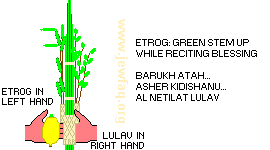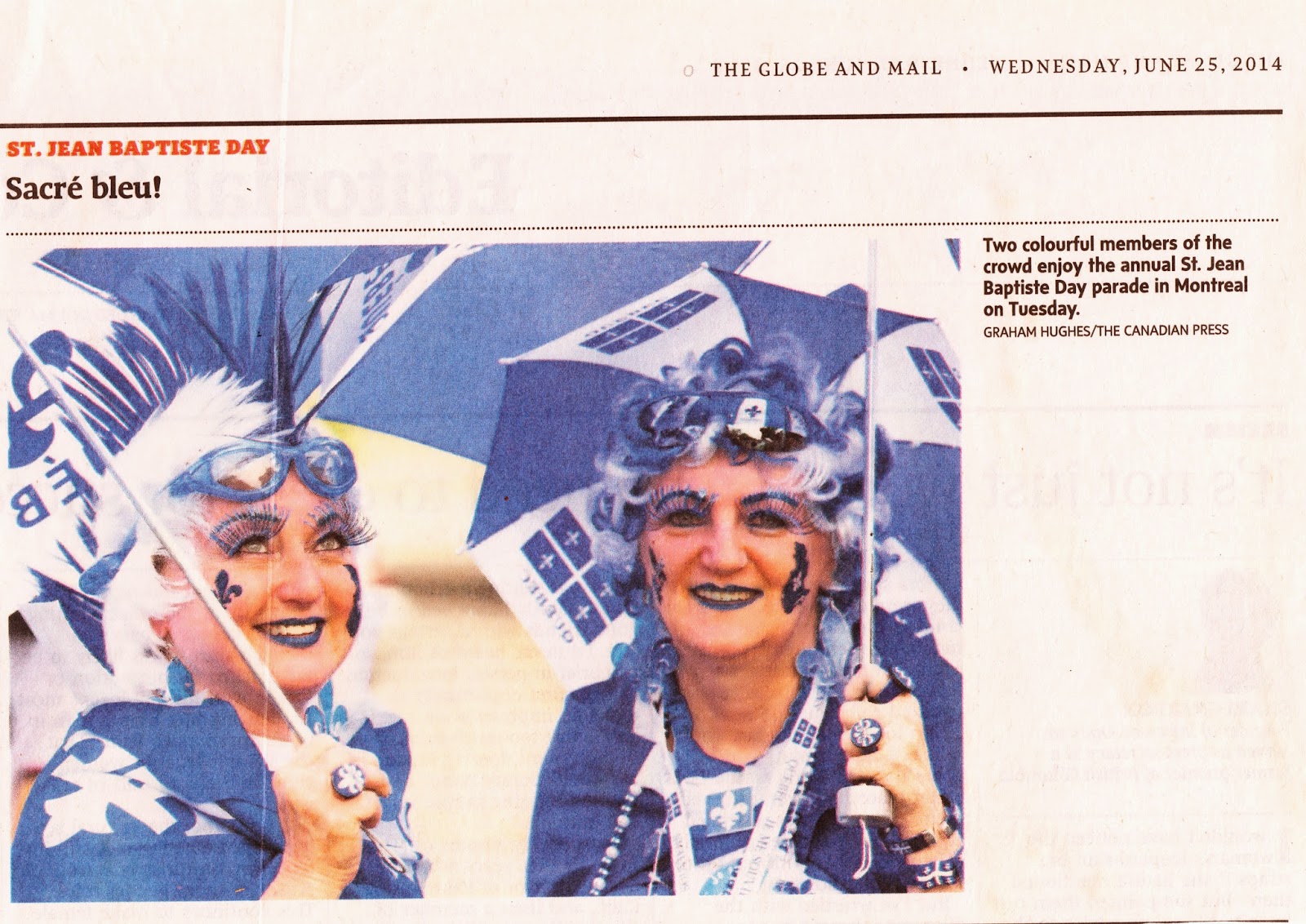Every Sukkot since visiting El Transito Synagogue in Toledo, Spain in 2008 I remember a particular treasure in its women's gallery.
The women's gallery upstairs was intimate and touching. A wooden chair was so tiny it looked child-sized! Most astonishing, in the exhibit of life-cycle and holiday objects, was an actual etrog, (a yellow citrus fruit), together with a lulav, (palm, myrtle, and willow branches bound together). These ritual objects are shaken together in a prescribed manner during Sukkot, a Fall harvest festival. I had seen many etrog boxes, both ancient and modern, in Jewish museums - elaborate silver, ceramic, or inlaid. I had never before seen just the plain ancient piece of fruit itself. This etrog was shriveled, dry, slightly reddish like brick, almost looking like a large nut. The branches of the lulav were dried and brittle, no longer green. How long since that particular etrog and lulav were held in the hands of Jews of the Toledo community?
Jews were expelled in 1492, and El Transito, built around 1400, was converted into a church. Now it is part of the Sephardi Museum, which explores Jewish culture of medieval Toledo. Were that shriveled lulav and etrog somehow preserved since before 1492? If so, how did they survive? What were the travels of the hands that had held and shaken them, if they dated from descendents of expelled Jews who had since returned? There was something about seeing actual dried up plants - a fruit and branches - that felt like a more personal and immediate connection with the people whose hands had touched them, than with objects like candlesticks or torah decorations that one sees more often in museums. It was poignant and real.

Spending time with Native American people in the San Diego area has deepened my appreciation of rituals that honor the four directions, as well as sky and earth. Although there are various mystical interpretations in Jewish tradition for this ritual of Sukkot, East, West, North, and South, Sky and Earth are common to us all.




























































